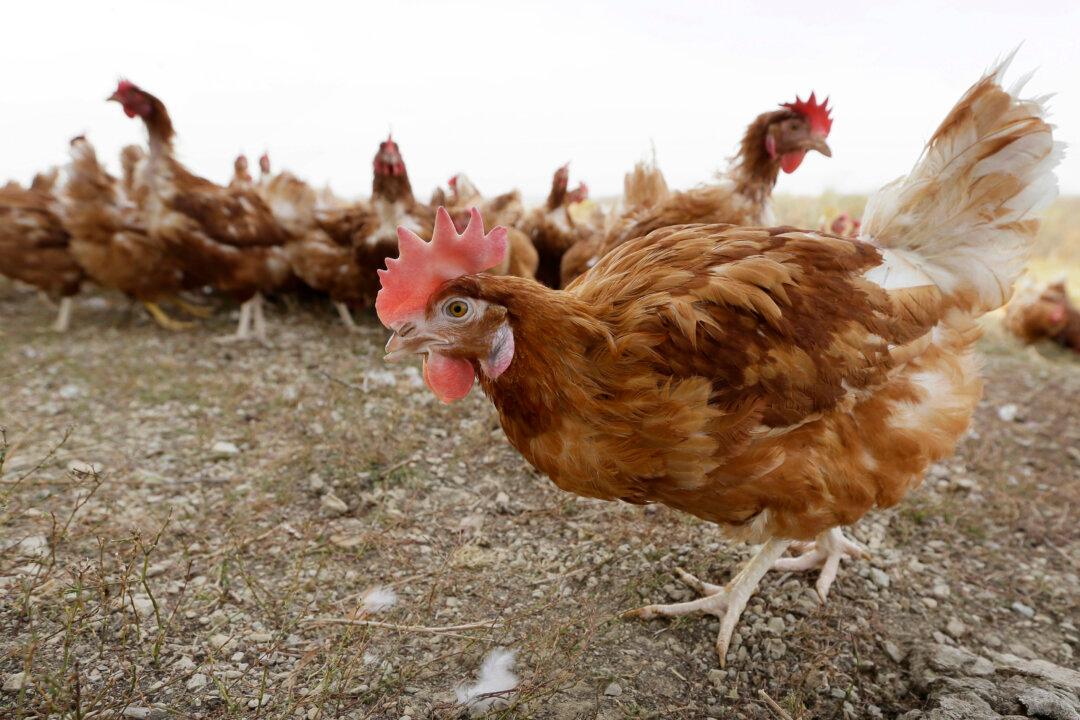About 1.2 million chickens in Taylor County, Iowa will be slaughtered to prevent the spread of bird flu after the virus was detected at a commercial egg-laying facility, the Iowa Department of Agriculture and Land Stewardship reported on Nov. 10.
Highly pathogenic avian influenza also infected a backyard flock in Iowa’s Jones County, with 23 mixed-species birds, the state agency said.




